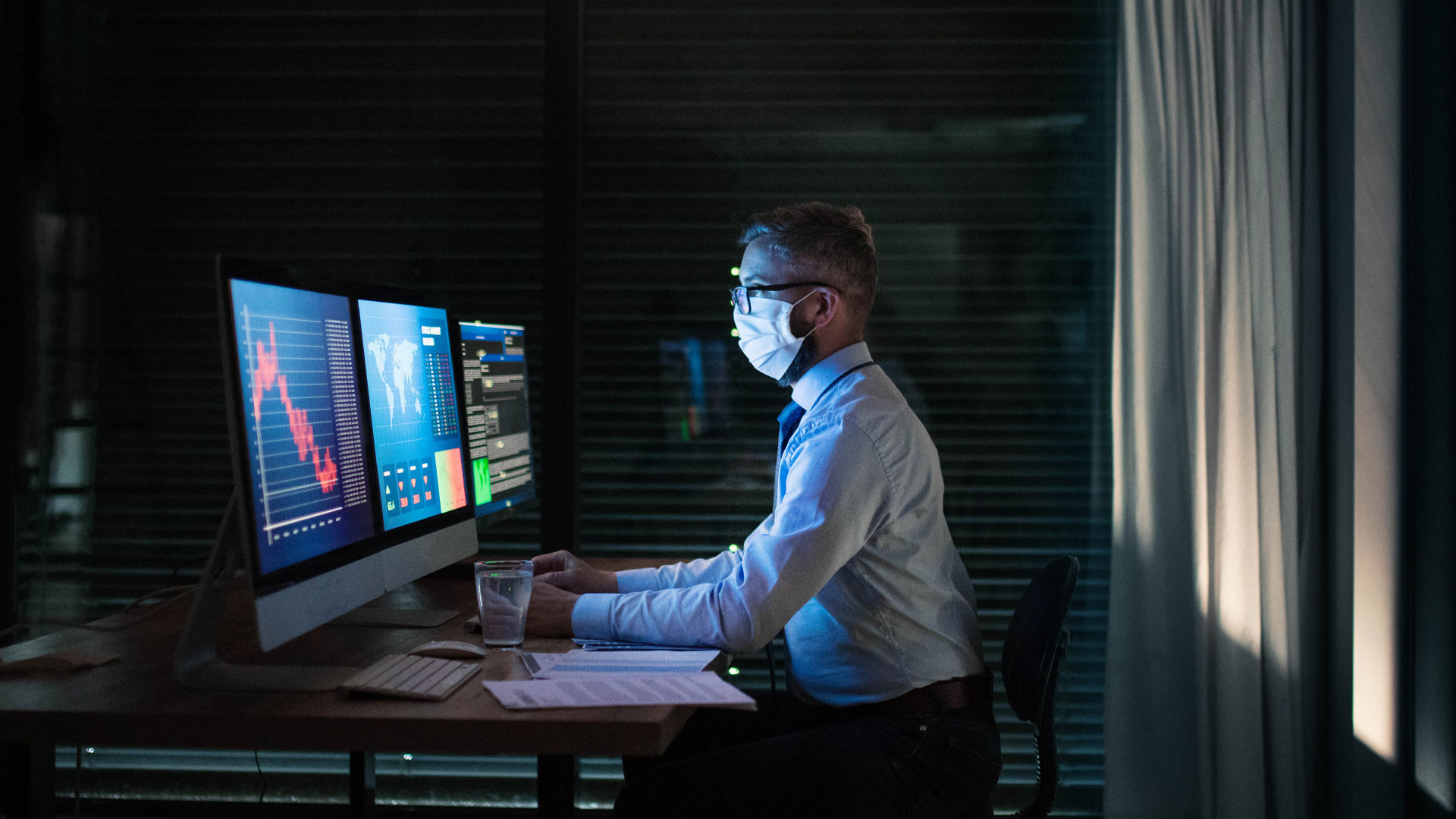
Impacts of Coronavirus
Oct 07, 2020
The novel coronavirus has affected the livelihood of people, put the economy in shambles, and greatly shook the world. The lighting industry is no different. According to Energy Futures Initiative and the National Association of State Energy Officials’ 2020 U.S. Energy & Employment Report, the industry has produced 54,000 jobs nationwide in 2019 – more than any other energy efficiency sector. It was also said that the rate of job growth would rise from 2.3% to 3.6% in 2020. The lighting industry, being one of the industries that looked forward to 2020, coronavirus has indeed slowed down the momentum.
Impacts of coronavirus on lighting industry
1. Challenging lighting logistics
The supply chain was one of the first industries to witness the repercussions of the pandemic. With travel bans in place and logistics suspensions, the import of lighting supplies has become quite challenging. To top it off, lighting production outlets have also almost come to a halt as their workforce cannot resume their duties due to quarantine. The lead times have also doubled.
The lightings are planned and designed in advance to identify the right requirements, so to procure luminaires. The impact on the supply chain did not just slow down the upcoming projects, but also ongoing installations. While booking in advance may solve the problem to an extent, the lenders also do not want to get stuck with a half-completed project.
2. Increase in luminaire costs
As a result of coronavirus’s impact on the LED sector, Signify has announced that it is temporarily increasing the price of all LED and Lamp electronics (Electronic and Magnetic ballasts) by 3%.
Lumileds announced a 4% increase in cost to compensate for the additional expenses incurred during raw materials procurement, manufacturing, and transportation. Osram also quoted that it does not expect to meet its 2020 corporate targets citing the unprecedented rise of COVID-19. Many companies in the lighting industry have restructured their prices to tackle the setback faced because of coronavirus.
3. Suspension of lighting projects
For safety reasons, many energy efficiency agencies have suspended both residential and commercial lighting programs that helped homeowners and businessmen pay for retrofits and new installations. Even if the agencies were to provide lighting services, customers do not want to undertake new lighting installations because of the uncertain future. Not to mention, most of the industries, except essentials are not functioning. And so, the last thing business owners want now is expenditure.
Further, the Department of Energy has encouraged non-profit grantees to limit low-income weatherization projects. The coronavirus’s impact on the lighting industry pushed demand to its lowest.
4. Struggles with lighting workforce
Utility suspension has led small lighting businesses to lay off their workforce, at least until normalcy. While companies do not want to part ways with their skilled and experienced workforce, they cannot also be emptying their funds when there are no returns. Even Signify’s leadership has taken a 20% pay reduction and has asked the employees all over the world to do the same for three months in exchange for equally reduced workload.
5. Postponement of lighting events
LightFair 2020, one of the grandiose and international events for lighting professionals and business owners, scheduled for 3rd to 7th of May was canceled along with many other lighting events including NFMT 2020. IESNYC Lumen Award Gala was also postponed. If the situation with coronavirus does not roll back to normal, the lighting industry might completely miss the event for 2020.
Future of the lighting industry
Although COVID-19 is the worst possible thing to happen for the lighting industry and all the industries, it is nothing but a temporary setback. In fact, Signify and Schréder has already resumed production in their Chinese and Ukraine-based plants. As things become normal, eventually, every lighting company will get back on its feet and take care of the operations in full swing.
As a lighting retrofit company, we are also operating under the safety guidelines of the CDC to ensure our employees’ and clients’ safety, while taking care of the community’s lighting needs.


